A washing machine is a household appliance designed to make our lives easier, but when it starts leaking, it can quickly become a source of frustration. One common issue that many homeowners face is a washing machine leaking from underneath. This problem not only causes a mess but can also lead to potential water damage to the floor and surrounding area. Understanding the causes of this leakage and how to address them is essential for maintaining the functionality of your washing machine and preventing further damage.
Faulty or Damaged Hoses:
One of the primary reasons for a washing machine leaking from underneath is faulty or damaged hoses. The hoses that supply water to the machine and drain water away can deteriorate over time due to wear and tear or become loose. Inspect the hoses for any signs of cracks, bulges, or leaks. Tighten any loose connections and replace damaged hoses promptly to prevent water from leaking onto the floor.
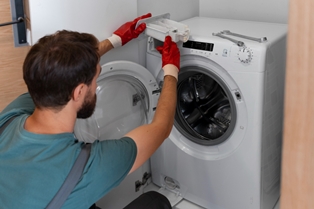
Worn Out Pump or Pump Seal:
The pump in a washing machine is responsible for draining water from the tub during the wash cycle. If the pump or its seal becomes worn out or damaged, it can result in water leaking from underneath the machine. Inspect the pump for any signs of corrosion, cracks, or leaks. If you notice any issues, replace the pump or seal as needed to resolve the leakage problem.
Overflowing or Clogged Drainage System:
An overflowing or clogged drainage system can also cause a washing machine to leak from underneath. If the drainage pipe or hose becomes blocked, water can back up and overflow onto the floor. Additionally, a malfunctioning drain pump or a clog in the drain pump filter can prevent water from being properly expelled from the machine, leading to leakage. Clean out the drainage system regularly to prevent blockages and ensure proper water flow.
Damaged Tub Seal:
The tub seal, also known as the door seal or gasket, creates a watertight seal between the outer tub and the door or lid of the washing machine. If the tub seal becomes damaged or worn out, it can allow water to leak from underneath the machine. Inspect the tub seal for any signs of tears, cracks, or deterioration. Replace the seal if necessary to prevent further leakage.
Excessive Detergent Use:
Using too much detergent in your washing machine can create excessive suds that may overflow from the tub and leak onto the floor. Additionally, using the wrong type of detergent or using detergent that is not designed for high-efficiency (HE) washing machines can cause similar issues. Follow the manufacturer’s recommendations for detergent usage and use only HE detergent if required to prevent leaks caused by excessive suds.
FAQs
Here are some FAQs related to Why Would a Washing Machine Leak from Underneath
Look for signs of wear such as cracks, bulges, or leaks. If you notice any damage, it’s best to replace the hoses to prevent leaks.
In some cases, minor damage to the door seal can be repaired with a sealant. However, if the damage is extensive, it’s recommended to replace the seal entirely.
Using too much detergent can create excess suds, leading to leaks and potentially damaging the washing machine over time.
It’s a good idea to inspect your washing machine for any issues every few months, or more frequently if you notice any unusual signs such as leaks or strange noises during operation.
If you notice water pooling beneath your washing machine, it’s important to turn off the appliance and address the issue promptly. Inspect the hoses, connections, and door seal for any signs of damage, and take appropriate action to resolve the problem.
Conclusion:
A washing machine leaking from underneath can be a frustrating and potentially damaging issue for homeowners. By understanding the common causes of this leakage and taking proactive measures to address them, you can effectively troubleshoot the problem and prevent further damage to your appliance and home. Regular maintenance, such as inspecting hoses and seals, cleaning the drainage system, and using the appropriate detergent, can help keep your washing machine running smoothly and leak-free for years to come. If you’re unable to identify or resolve the issue on your own, don’t hesitate to seek professional assistance to ensure the proper functioning of your washing machine.


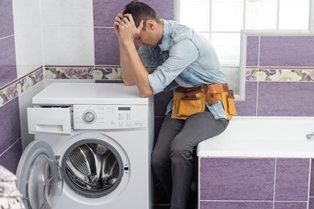
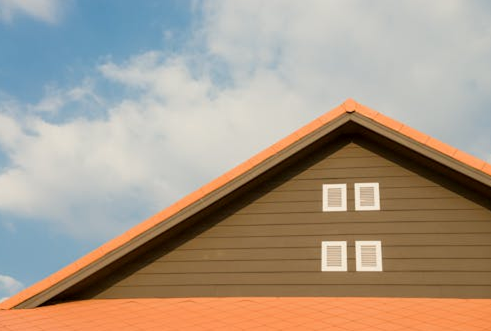
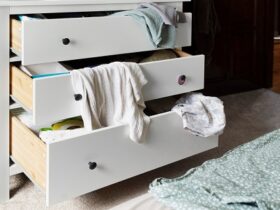

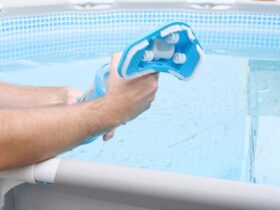



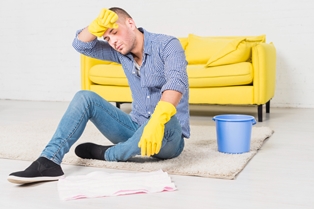

Find Us on Socials